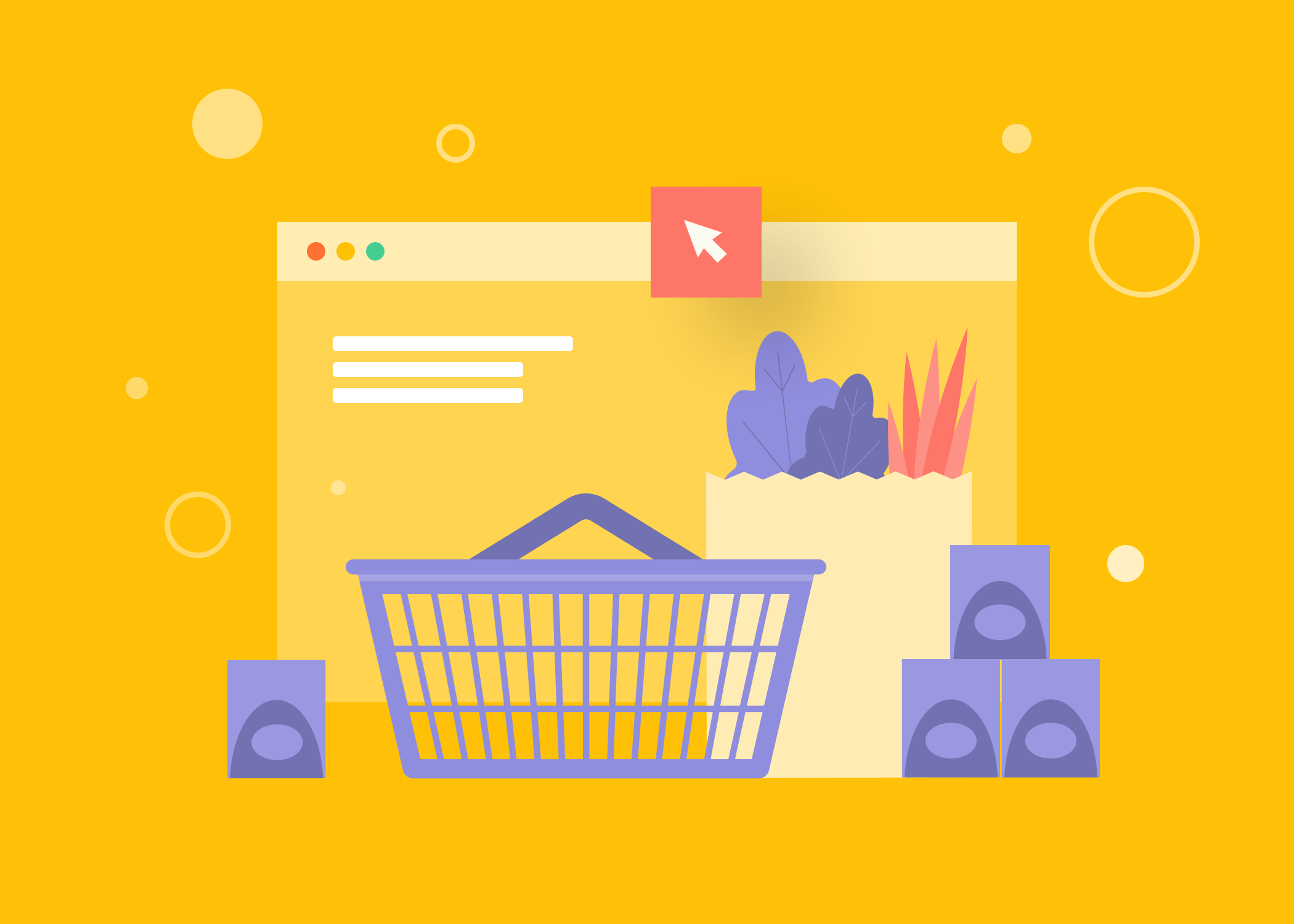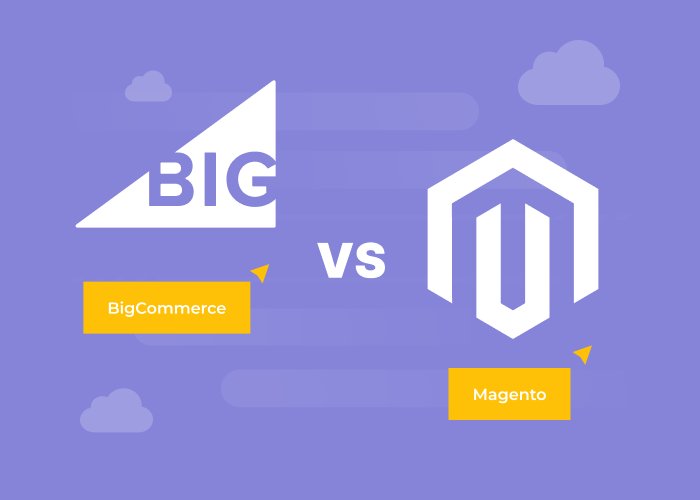
Starting an online grocery business is a great way to tap into the fast-growing industry of e-commerce. With more customers than ever before making their grocery purchases online, now is the perfect time to start your own virtual supermarket and reap the benefits of this booming market. Starting an online grocery business requires careful planning, research, and dedication to ensure you have the best chance of success. This article outlines the steps to take when starting an online grocery business and provides helpful advice on how to make it a successful venture. By following these tips, you can be well on your way to launching your own profitable online grocery store.

Things to Consider Before Starting an Online Grocery Business
Starting an online grocery business has the potential to be a lucrative opportunity. However, there are some important things to consider before diving in. Here are a few of the considerations for starting an online grocery business:
1. Location:
Where will you be selling your groceries? Will you deliver or allow customers to pick up their orders? Depending on the size of your business and budget, you may need to consider multiple locations. Even if you are just starting out, you should look into the possibility of expanding your reach beyond one area.
2. Licensing and Regulations:
There are various licensing requirements and regulations that need to be considered when running an online grocery store. For example, food safety laws have different requirements in each state and municipality. Make sure you know what is required in your area before you open your store.
3. Inventory Management:
An online grocery business requires careful inventory management to make sure that customers always have access to the products they need. You will need to automate processes such as ordering, restocking, and tracking stock levels in order to keep up with demand.
Read more: E-commerce Inventory Management: Everything You Need to Know
4. Marketing:
An effective marketing strategy is essential for any business, but especially so for an online grocery store. You need to focus on creating a strong brand that customers will recognize and trust. You should also take advantage of social media, email campaigns, and other digital marketing tools.
5. Customer Service:
Providing excellent customer service is key to success in any business, and this is even more true for an online grocery store. Customers should be able to easily contact you with any questions or issues they have. You should also provide timely delivery and excellent customer support if there are any issues with their orders.
By taking the time to consider these factors before starting your online grocery business, you will set yourself up for success. With the right strategy, you can build a successful online grocery business that will benefit your customers and your bottom line.
Online Grocery Business Models with Examples:
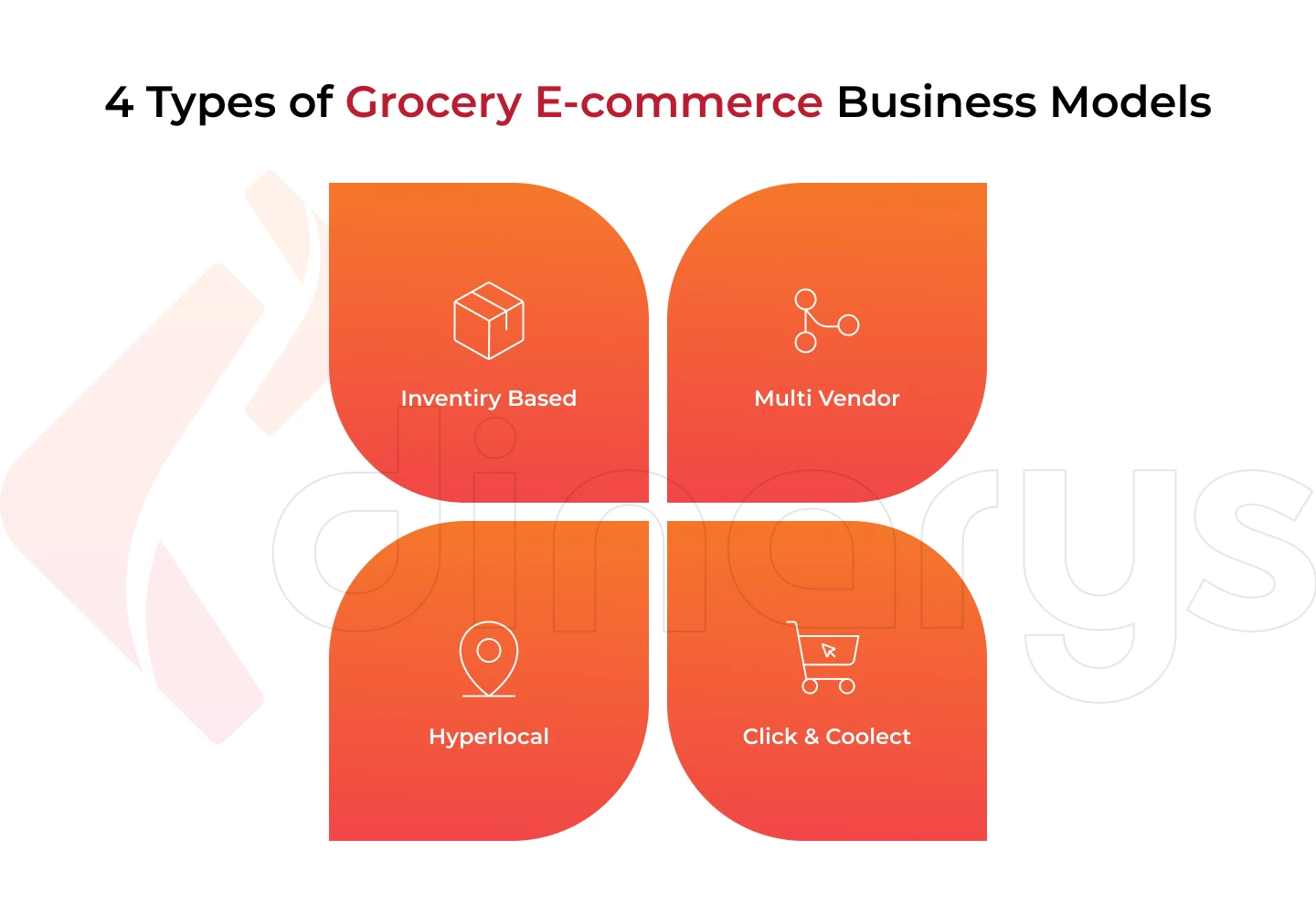
If you are an aspiring entrepreneur planning to invest in the e-commerce grocery business, it is important to gain a full understanding of the industry before making any decisions. A comprehensive analysis of the online grocery shopping and delivery sector will aid you in developing a successful e-Grocery strategy. Here we will explore the Business Model Canvas for an Online Grocery Business or Office.
This Business Model Canvas will examine each major component of an online grocery business and its associated services, such as the market segments it targets, the offerings it provides, the key resources and activities employed to deliver these offerings, customer relationships maintained for maximum success, channels used for delivering content or services to customers, pricing models, and potential sources of income.
By understanding each component of the Business Model Canvas for an Online Grocery Business or Office, you will gain greater insight into how to optimize your e-Grocery business for maximum profitability. From leveraging market segments to optimizing customer relationships and channels, an in-depth analysis of the different elements of the business model canvas will help you to create a successful e-Grocery strategy. Let’s take a look at the Business Model Canvas of Online Grocery Businesses or offices.
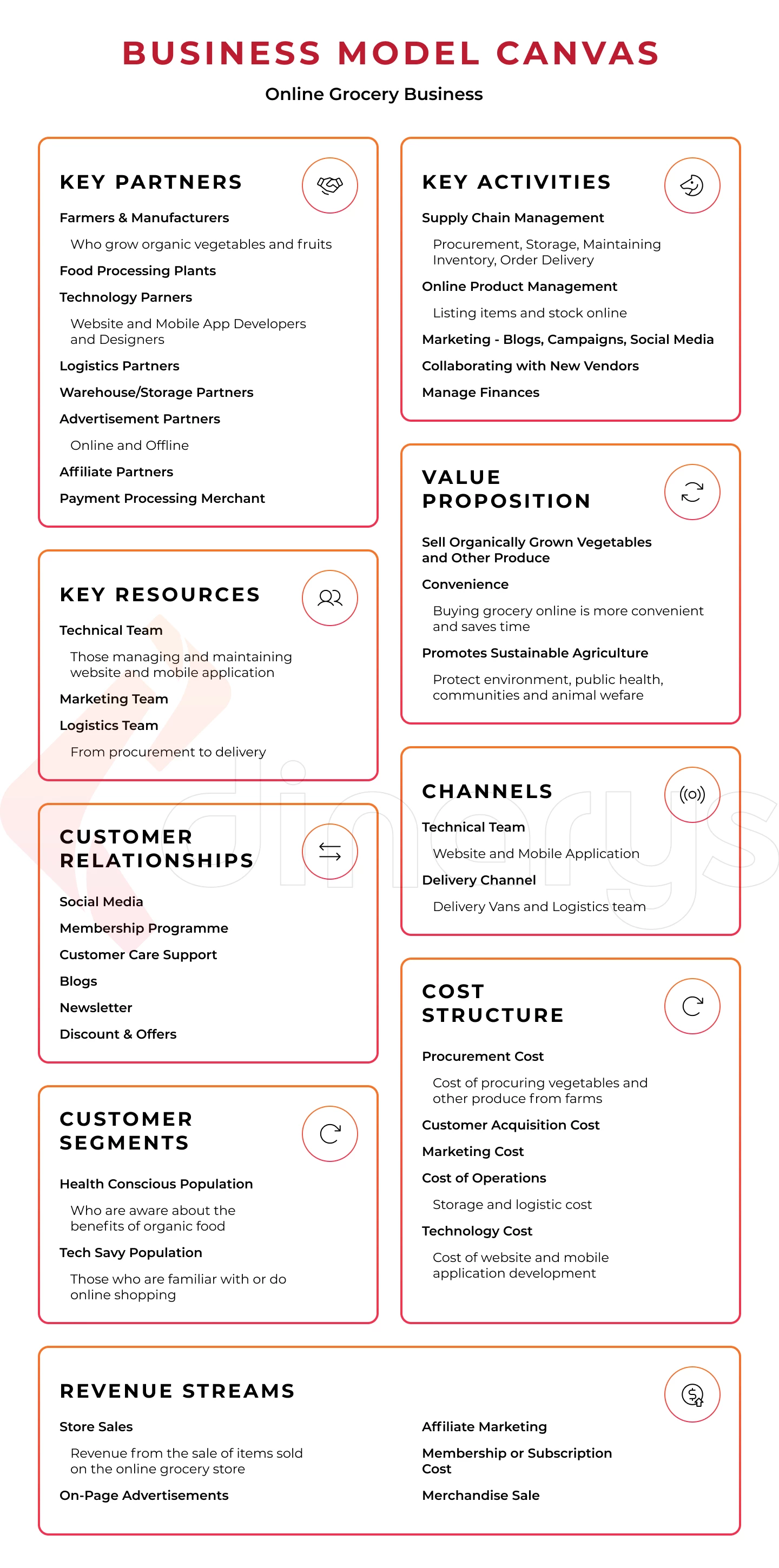
According to a recent report by Grand View Research, the global online grocery market size was valued at USD 105.30 billion in 2018 and is expected to expand at a compound annual growth rate of 8.4% from 2019 to 2025. The growing demand for convenience and digitalization among consumers has been driving the online grocery industry at an accelerated pace. Moreover, the increasing preference of shoppers to purchase groceries through online portals has been further bolstering market growth.
Online grocery businesses are becoming increasingly popular as more and more people turn to digital shopping options. With the convenience of being able to order groceries from home and have them delivered right to your door, it is no wonder why so many are turning to this model of grocery shopping. But with such a variety of models available, how do you know which one is best for your business? Let's take a look at some of the most popular online grocery business models and the pros and cons associated with each.
Inventory-Based Business Model
This is the most traditional type of online grocery business model and can be seen in stores like Walmart, Kroger, and Amazon. With this model, retailers purchase goods from wholesalers or manufacturers in bulk and store them in a physical warehouse until they are sold to customers. Advantages include lower overhead costs due to not having to pay for delivery or shipping, as well as an easy way to track inventory and sales. This model also allows for discounts when buying in bulk and can be beneficial for customers who are looking for a variety of products.
Pros: Low overhead costs, easy to track inventory, discounts when buying in bulk
Cons: Requires a physical warehouse and more capital upfront.

Multi-Vendor Marketplace Business Model
This type of model is becoming increasingly popular due to its convenience for customers, as well as its potential for creating new revenue streams. With this model, there are multiple vendors selling their products through a single platform. Customers can then search and select from the variety of products offered on the platform, making it easier to compare prices and find items that match their needs. This model also eliminates the need for a physical warehouse, which reduces overhead costs. The downside is that vendors may charge a commission for their services, which could reduce the overall profit of the business. The main example of this type of business model is Amazon. They allow third-party sellers to sell their products on their platform and take a percentage of the profits.
Pros: Variety of products, no physical warehouse needed, potential to create new revenue streams
Cons: Vendors may charge a commission and can be difficult to manage.
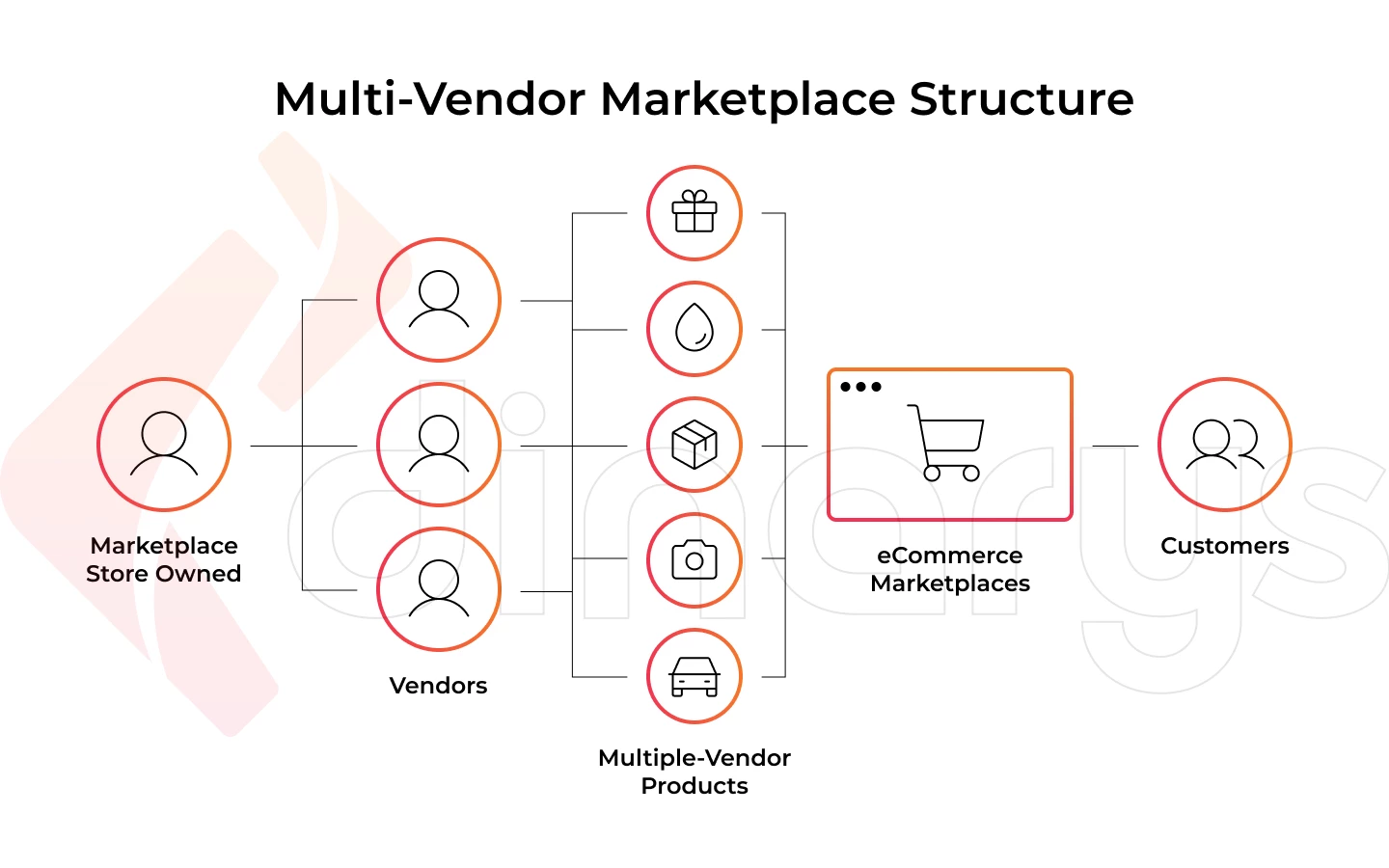
Hyperlocal Grocery Business Model
This business model focuses on providing customers with fresh produce, dairy products, and other grocery items from local farms or producers. This allows consumers to get fresher products at lower prices, as well as support local businesses. Additionally, this model eliminates the need for shipping and delivery costs as customers can pick up the products directly from the source. It also allows businesses to establish strong relationships with their customers, as well as build a loyal customer base. The main example of this type of business model is Farm Fresh, which delivers fresh produce and other grocery items directly to customers’ doors.
Pros: Fresher products, lower prices, eliminates shipping/delivery costs
Cons: Requires a large selection of local farms/producers and can be difficult to manage.
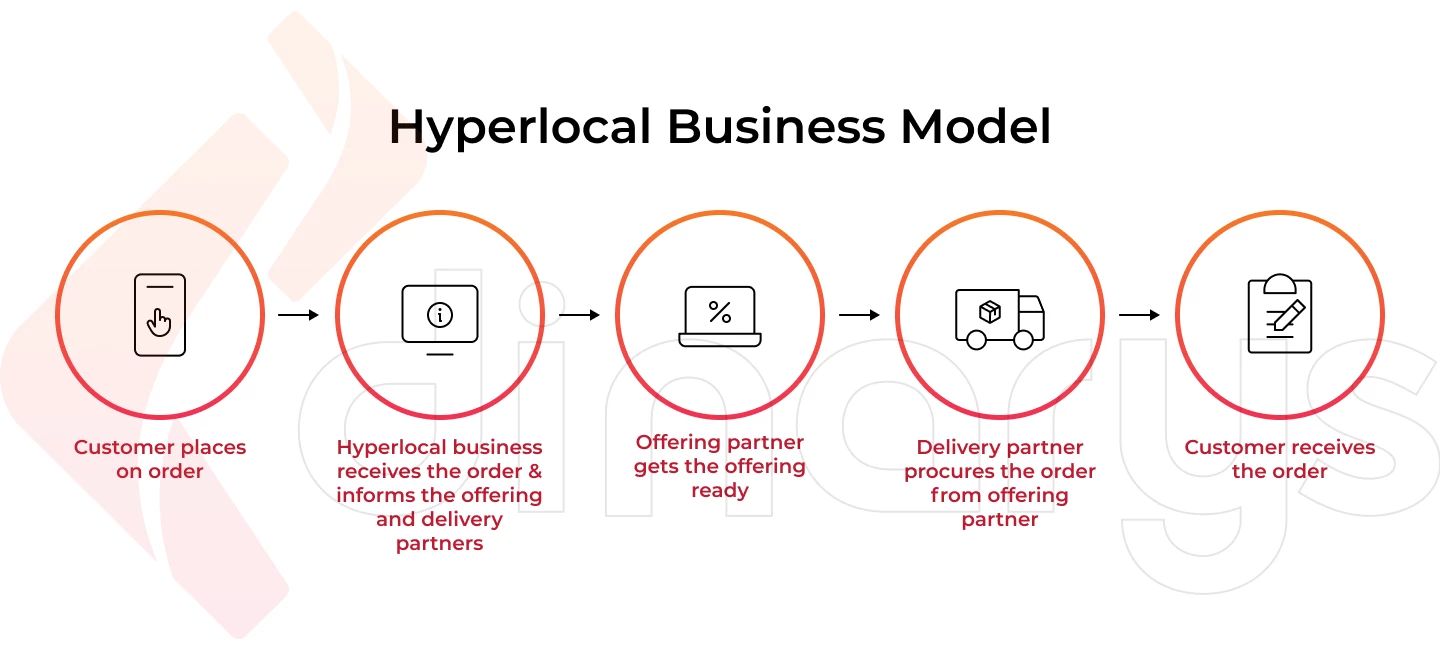
Click and Collect Business Model
This model allows customers to purchase groceries online and pick them up at designated stores or locations. This can be beneficial for customers as it eliminates the need for delivery or shipping fees and allows them to pick up their items quickly and conveniently. Additionally, it can save time as customers don’t have to wait in long lines or deal with crowded stores. Examples of this type of business model are Instacart and Shipt, which allow customers to purchase groceries online and pick them up at designated locations.
Pros: Eliminates delivery/shipping fees, saves time, convenience for customers.
Cons: Requires more capital upfront and can be difficult to manage.

Among this main types we can also found subscription-based models, where customers pay for a monthly or annual subscription and receive grocery items as per their selection. This model is often used by grocery delivery services like HelloFresh, which allow customers to select from a variety of meals and have them delivered on a weekly basis.
Overall, there are many different types of online grocery business models that can be used to suit the needs of customers and businesses. Each one has its own advantages and disadvantages, so it’s important to evaluate which model is best for your business before making a decision.
Revenue Channels in Online Grocery Marketplace
Revenue channels in the online grocery marketplace are numerous and varied. Depending on the size of the business, some of these may include direct-to-consumer sales, advertising, affiliate programs, subscription services, delivery fees, and commissions from third-party vendors.
Direct-to-Consumer Sales is a great way to make money from the online grocery marketplace. By selling directly to consumers, the business can make a profit on each item sold without having to pay for additional costs such as advertising or delivery fees. This is especially useful for smaller businesses who may not have access to more expensive marketing campaigns.
Advertising is another popular way to generate revenue in the online grocery marketplace. Many businesses will choose to advertise on popular websites, such as Google or Facebook. This can be an effective way to generate traffic and awareness for a business’s products and services.
Affiliate Programs are also common in the online grocery marketplace. Affiliates can earn commission when they refer customers to the business’ website or store. This can be a great way to generate additional revenue and make money off of existing customers.
Subscription Services are another popular way to monetize the online grocery marketplace. Subscriptions may include discounts or exclusive offers on items sold through the business’ website or store. This enables the business to provide more value while also generating recurring revenue.
Delivery Fees are another key revenue channel in the online grocery marketplace. Delivery services can be charged to customers who purchase items from the business and must have them delivered to their home or other location. This fee can help businesses offset the costs of delivery and make a profit on each order.
Finally, Commissions from Third-Party Vendors is another source of income in the online grocery marketplace. This may include commissions from vendors who use the business’ website or store as a platform to sell their products. These fees can help generate additional revenue while providing customers with access to more products and services.
Overall, the online grocery marketplace offers numerous opportunities for businesses to make money through various revenue channels. By offering a variety of services and products, businesses can capitalize on the various ways to make money and increase their profits. With careful planning and thoughtful execution, any business can maximize its potential for success in the online grocery marketplace.
Key Features for Online Grocery Marketplace
Online grocery marketplace is a great way to shop for all your groceries without ever leaving the comfort of your own home. It can save time and money, while providing access to a wide variety of items. Here are some of the key features that make online grocery marketplaces so convenient:
1. Easy User Interface: An online grocery marketplace should be easy to use and navigate, with minimal user effort needed for placing orders. The site should offer intuitive navigation options and allow customers to set up payment and delivery preferences quickly and easily.
2. Secure Payment Options: The online grocery marketplace should offer secure payment methods such as credit cards or PayPal, to ensure customer data security.
3. Wide Selection of Products: The marketplace should stock a wide variety of products from different brands and stores, giving customers more options for their grocery shopping experience.
4. Fast Delivery Times: Customers expect fast delivery times, so the online grocery marketplace should ensure that orders are processed quickly and delivered within a reasonable time frame.
5. Customer Support: The marketplace should provide customer support via phone, email or live chat to assist customers with their queries or issues.
6. Loyalty Programs: Loyalty programs can help build customer loyalty, by offering rewards in the form of discounts or points that can be redeemed for products.
7. Mobile App: A mobile app should be provided to make grocery shopping even easier and more convenient, allowing customers to place orders on their smartphones anytime, anywhere.
8. Social Media Integration: Integrating social media platforms into the online marketplace can help increase customer engagement and encourage more frequent purchases.
9. Personalization: Customers appreciate a personalized experience, so offering features such as customized product recommendations or tailored coupon deals can go a long way in enhancing their shopping experience.
10. Online Reviews & Ratings System: An online reviews and ratings system helps customers make informed purchasing decisions, by providing honest feedback from other customers who have used the products.
By offering these features, an online grocery marketplace can attract more customers and provide them with a satisfactory shopping experience. In addition to the above features, an online grocery marketplace should regularly review and update its offerings in order to remain competitive in the industry.
How to Start an Online Grocery Business in 2023? Step-By-Step
Grocery stores have been around for centuries, and in recent years, online grocery stores have become increasingly popular. With so many people shopping online today, it is no surprise that entrepreneurs are turning to the internet to establish their own virtual grocery stores. Starting an online grocery business can be an exciting endeavor that has great potential for success with the right knowledge and resources. Here is a step-by-step guide on how to start an online grocery business in 2023:
Research the Market:
Before you get started, it is important to do your research and understand the current market for online groceries. Look at competitors in your area and see what they are offering their customers. Take note of what makes them successful and how you can differentiate your own business.
Some tips:
- Identify your target audience and what their needs are.
- Research the best e-commerce platforms for groceries, as well as delivery models such as curbside pickup or home delivery.
Create a Business Plan:
Next, you will need to create a business plan that outlines your goals and strategies. Think about how you will generate revenue, what your expenses will be, and how you will manage inventory. Don’t forget to include an outline of marketing strategies that can help you connect with customers and increase sales.
Some tips:
- Determine your budget for marketing and advertising.
- Decide on a pricing structure for your products and services.
- Choose the right e-commerce platform for your business.
Secure Funding:
Once your business plan is in place, it is time to secure the necessary funds for your online grocery business. You may need to apply for business loans or seek investors in order to get the capital you need.
Some tips:
- Consider alternative sources of financing, such as crowdfunding.
- Research grants and other funding options are available.
Set Up Your Store:
Once you have secured the necessary funds, it is time to set up your online store. Start by choosing an e-commerce platform that meets your needs. Make sure it is user-friendly and easy for customers to navigate. Then, start adding products to your store and setting up payment methods such as credit cards and PayPal.
Some Tips:
- Optimize the website for mobile devices.
- Set up a customer loyalty program.
- Use quality images and descriptions for each product.
Promote Your Business:
Now that your store is ready, it’s time to start promoting it. Try utilizing digital marketing techniques such as SEO, email campaigns, and social media marketing to reach new customers. Consider offering special discounts or promotions to help get people interested in your store.
Some Tips:
- Establish relationships with local businesses and organizations that may be willing to promote your business.
- Take advantage of influencer marketing to reach a wider audience.
- Participate in relevant online conversations and forums.
These are the basic steps to starting an online grocery business in 2023. With the right knowledge and resources, you can be well on your way to success! Good luck! Dinarys is here to help you in your journey!
Dinarys Grocery Development Experience
Dinarys is a leading provider of grocery app development services. With over 8 years of experience in the industry, we are experts at creating custom grocery shopping apps tailored to meet your business`s unique needs. Our team of experienced developers has years of experience in building robust grocery delivery apps that make it easy for customers to browse and order their favorite grocery items right from their smartphones.
Our experienced developers use cutting-edge technologies and best practices to create user-friendly, visually appealing interfaces that provide an amazing shopping experience for customers. In addition to creating the app, our team also builds comprehensive customer service support features such as order tracking, delivery updates, and FAQs. We also offer a variety of payment options so customers can feel secure when making purchases.
At Dinarys, we understand that each grocery store is unique and requires a customized approach for success. Our team of developers works closely with you to create an app that meets your specific needs. We provide ongoing maintenance services as well as custom solutions such as loyalty programs and promotional campaigns. With our expertise and professionalism, we ensure that your app is reliable and meets the highest standards of quality.
Here is one of our concept of a grocery store design. Eye-catching, isn’t it?

Looking for developers to create a visually appealing digital solution that can help you increase sales? Contact Dinarys!
Also, we would recommend you take a sight at our guide 7 Stages of Online Shop Development.
Bottom Line
Starting an online grocery business is a great way to tap into the growing e-commerce market. The key to success is research and planning. You need to identify your target customer, source your products, create a website or app with a great user experience, select the right delivery method and payment system, promote your business digitally and work hard to sustain customer loyalty. With the right strategy and dedication, you can build a successful online grocery business that will help you serve your customers better and make a profit.
Dinarys can help you kick-start your online grocery business. Our comprehensive guide provides the information you need to get started, from researching and planning to launching a successful e-commerce store. With our guidance, you can ensure that your online grocery business will make the best use of available resources and be profitable in no time at all!

